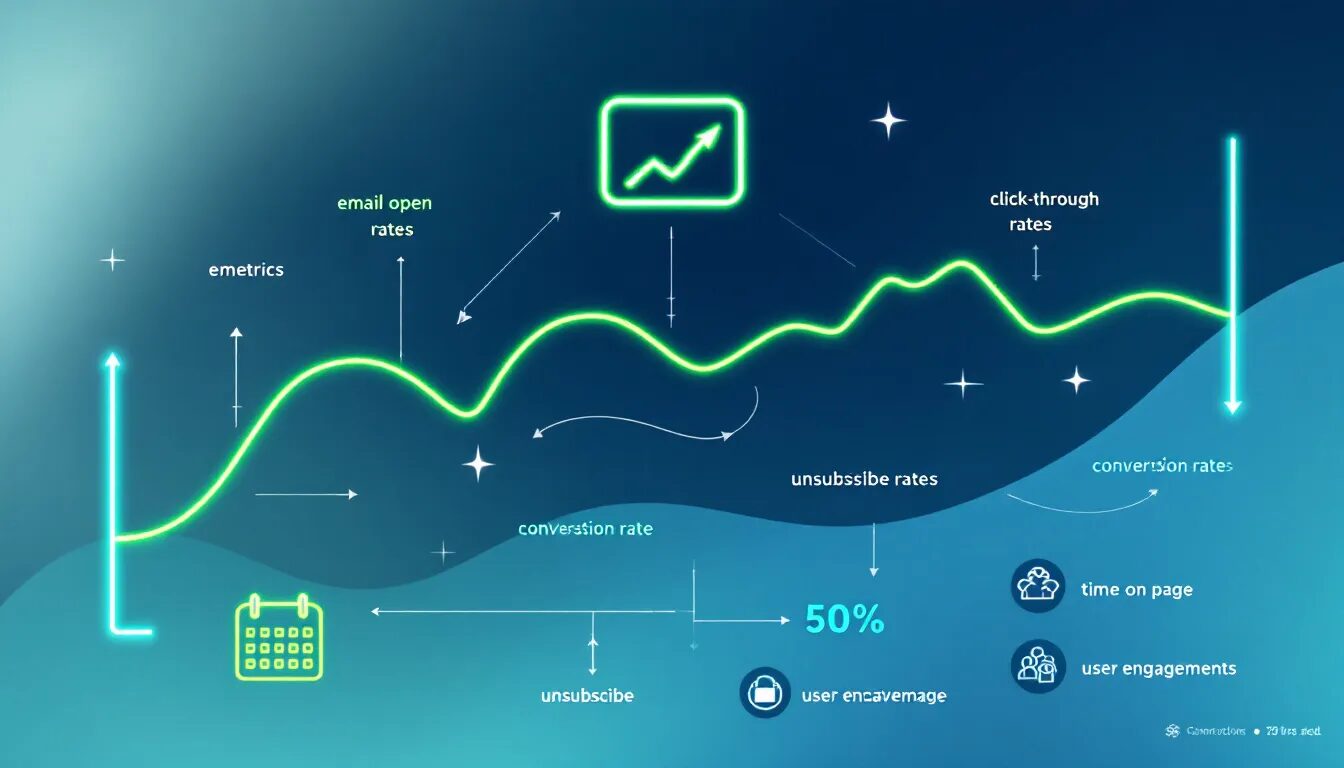
To Personalize or Not to Personalize – Which Drives the Best Results?
There’s been a lot of back and forth regarding the use of personalization in email. Many argue personalization (in the subject line for example) can leave your emails feeling spam-like and generate negative results when it comes to open and click rates. Others swear by personalization, claiming it increases clicks and engagement. What’s the verdict? Like most things in life, there is no right answer. Testing your email to find what works best with your audience is key. See below for tips on using personalization in email and determining which method of personalization works best for your business.
Personalize with a purpose – Including personalization for the sake of attaining an extra open or click will get you just that…an extra open or click. To truly engage recipients, include personalization to address a subscriber’s preferences and needs. Use the data you have on purchase history, demographics, location or customer status to personalize messages and give a more intimate and tailored feel. For example, a winery may include the name of a particular Sauvignon Blanc a customer has purchased paired with suggestions of similar flavors; or an airline may include a merge field for the number of frequent flyer miles each recipient has earned along with suggested travel locations.
Use the appropriate salutation – Including a recipient’s name in the introduction or greeting of an email is one of the most common forms of personalization. The salutation one selects to pair with the first name can determine whether your email sounds causual or more formal. A simple “Hello, {First Name}” or “Hi, {First Name}” is appropriate in most communications (remember to include a default such as “Valued Customer” in case your list or data is missing the first name for one or more list members). It can be especially important in B-to-B, or more formal communications to include the first name merge in your greeting. It’ll appear professional and will make recipients feel as if they’re reading a message that was composed for them specifically.
Get creative with your data – Think outside the box and get your recipients’ attention by using crafty personalization tactics. Your customers will be more likely to engage with an email they notice, will appreciate your effort and your business will appear clever, timely and relevant. This subject line from last Valentine’s Day, “The clock is ticking! Send Rebecca a Valentine’s Day Bouquet” merged in the name of a recipient’s loved one – a great example of using personalization wisely.
Not sure whether or not you should personalize or which salutation will get your recipients to respond? Perform a split test and send one email with personalized information and one email without. Testing is the best way to determine what will give you the best results. It really comes down to whether or not the information you include in your email is relevant, interesting, and useful. Once recipients find your content engaging, they’ll continue to open your emails and interact with what’s inside.
© 2012 – 2013, Contributing Author. All rights reserved.



